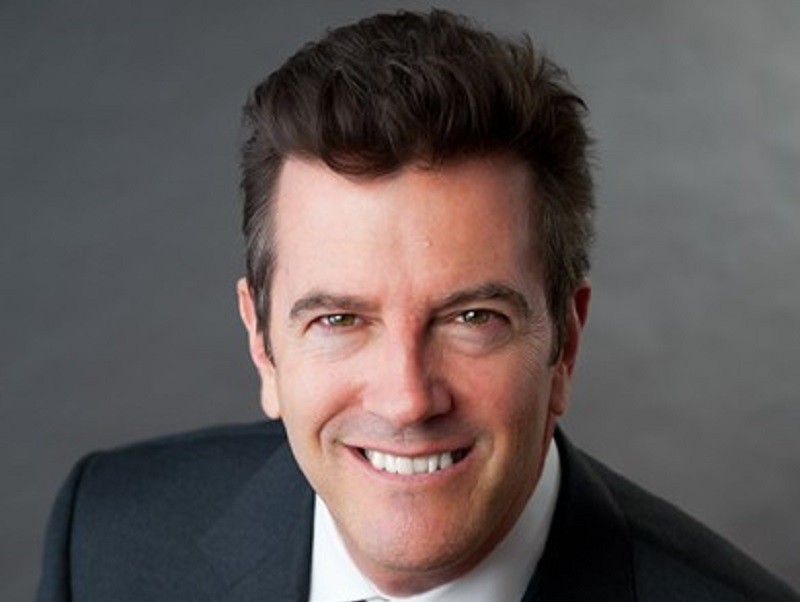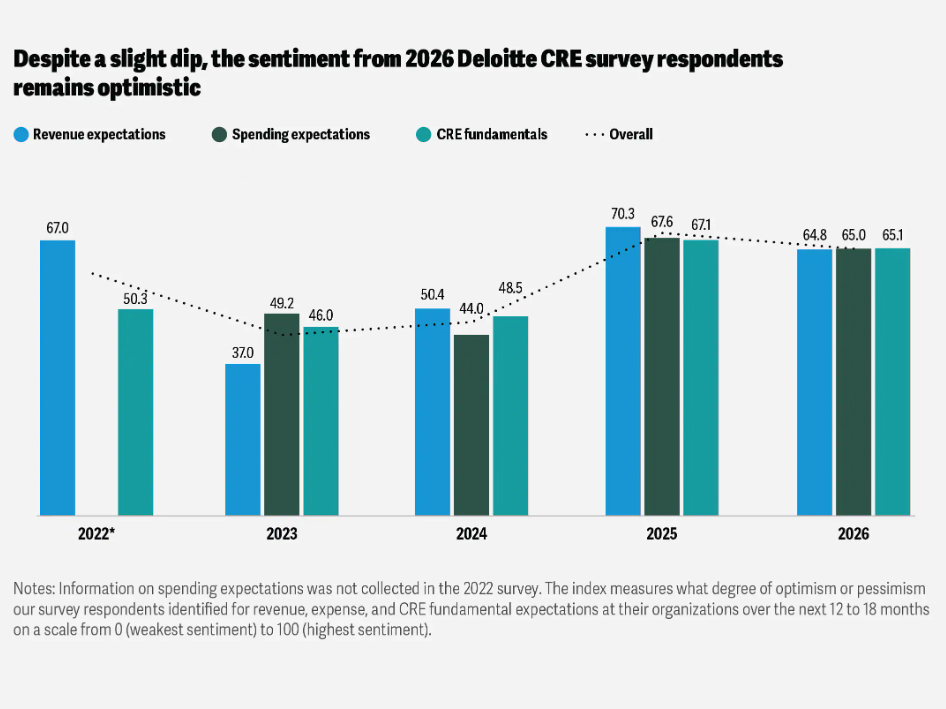Have We Finally Hit the Wall of Maturities?
CRE refinancing capital abounds, but higher rates make deals difficult, according to Avison Young's Jay Maddox.

The Mortgage Bankers Association of America projects nearly $950 billion in CRE debt maturing in 2025. Of that, roughly a third consists of loans that were previously extended. If past performance is any indication of the future, we can expect lenders to continue to give troubled borrowers more breathing room. So far this appears to be the case, as we have not seen the wave of foreclosures and distressed asset sales that has been forecast for several years.
However, there may be some dark clouds on the horizon. We are seeing broad-based increases in delinquencies and expect the trend to persist into next year. Refinancings are hindered by higher interest rates, more conservative lending parameters and market volatility. At some point, “the music will stop” for many borrowers with maturing loans.
LIKE THIS CONTENT? Subscribe to the CPE Capital Markets Newsletter
Bank vs. debt fund dynamics
Traditional portfolio lenders, such as banks and debt funds, are increasingly constrained by rising defaults. Debt funds have been a very important capital source, stepping in to fill the void created by banks that have slowed down or curtailed CRE lending altogether. Investment in debt funds has skyrocketed as this segment has enjoyed outstanding growth.
For the most part, debt funds have enjoyed good access to investor capital by leveraging their portfolios with warehouse lines or securitizing their loans via CLOs which enables them to recycle the capital. Some issuers retain a risk tranche of the securitization in first loss position.
However, some debt funds with significant problem assets have seen investor capital inflows diminish or worse, a heavy refunding demand. They have had to rely on loan payoffs and loan sales to provide liquidity. Any slowdown due to loan defaults can directly affect their ability to originate new loans.
Banks are heavily regulated and required to carry reserves against problem assets. They vary widely in terms of how they deal with distressed assets. Banks with ample reserves may be inclined to “delay and pray” (especially for valued customers) by granting short-term forbearance in exchange for a partial loan paydown, replenishment of reserves or additional collateral. And banks usually require repayment guarantees that may be pursued separately from foreclosure.
Special servicers take a measured approach
With $150 billion of CMBS loans maturing this year, an uptick in maturity defaults is expected. But that doesn’t automatically mean a flood of foreclosures. Special servicers—like Rialto, LNR, and KKR—are playing a pivotal role. These entities often hold the controlling class in CMBS deals and are charged with maximizing recovery for bondholders. They are taking a deliberate approach: weighing whether to improve property operations and hold out for a better market or liquidate now through a competitive sale process. We are seeing them appoint receivers in situations where they want to take control of property operations but delay foreclosing or selling.
CMBS workouts are difficult but possible if the borrower can contribute new money and present a credible business plan.
Market headwinds
Volatility, inflation and high interest rates continue to pressure both lenders and borrowers. With lending criteria tightened and property values depressed, refinancing maturing debt has become more difficult. Borrowers seeking to refinance are often facing a higher interest rate and must inject additional cash to retain their properties, which must be weighed against selling in the current market.
In today’s uncertain environment, borrowers with maturing CRE loans must plan far ahead of the due date. As the saying goes, “bad news does not improve with age.” Ample time is needed to either negotiate a loan modification and extension, explore refinancing options or consider a sale of the property. Fortunately, new capital sources have emerged as vital players in today’s CRE finance landscape, bridging the funding gap left by traditional lenders. While the market faces undeniable headwinds, experienced partners can help stakeholders navigate the path forward.
Jay Maddox is principal, Capital Markets at Avison Young.







You must be logged in to post a comment.